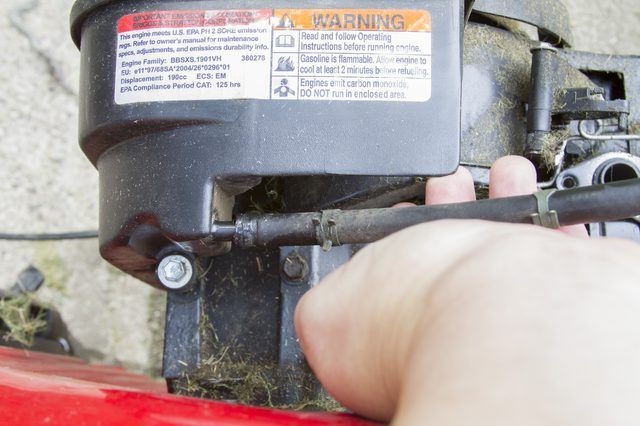Bulbs
Flower Basics
Flower Beds & Specialty Gardens
Flower Garden
Garden Furniture
Garden Gnomes
Garden Seeds
Garden Sheds
Garden Statues
Garden Tools & Supplies
Gardening Basics
Green & Organic
Groundcovers & Vines
Growing Annuals
Growing Basil
Growing Beans
Growing Berries
Growing Blueberries
Growing Cactus
Growing Corn
Growing Cotton
Growing Edibles
Growing Flowers
Growing Garlic
Growing Grapes
Growing Grass
Growing Herbs
Growing Jasmine
Growing Mint
Growing Mushrooms
Orchids
Growing Peanuts
Growing Perennials
Growing Plants
Growing Rosemary
Growing Roses
Growing Strawberries
Growing Sunflowers
Growing Thyme
Growing Tomatoes
Growing Tulips
Growing Vegetables
Herb Basics
Herb Garden
Indoor Growing
Landscaping Basics
Landscaping Patios
Landscaping Plants
Landscaping Shrubs
Landscaping Trees
Landscaping Walks & Pathways
Lawn Basics
Lawn Maintenance
Lawn Mowers
Lawn Ornaments
Lawn Planting
Lawn Tools
Outdoor Growing
Overall Landscape Planning
Pests, Weeds & Problems
Plant Basics
Rock Garden
Rose Garden
Shrubs
Soil
Specialty Gardens
Trees
Vegetable Garden
Yard Maintenance
How to Clean a Lawn Mower Engine Fuel Line
How to Clean a Lawn Mower Engine Fuel Line. When your lawn mower engine isn't starting or it stops running once you get it started, this often points to a clogged fuel line. A fuel line on a lawn mower connects to the base of the gas tank and runs to the side of the carburetor. If this line has debris or gummed-up gas in it, your mower engine won't...
When your lawn mower engine isn't starting or it stops running once you get it started, this often points to a clogged fuel line. A fuel line on a lawn mower connects to the base of the gas tank and runs to the side of the carburetor. If this line has debris or gummed-up gas in it, your mower engine won't run. Cleaning the fuel line once a season is a good idea to prevent engine damage from dirty gas.
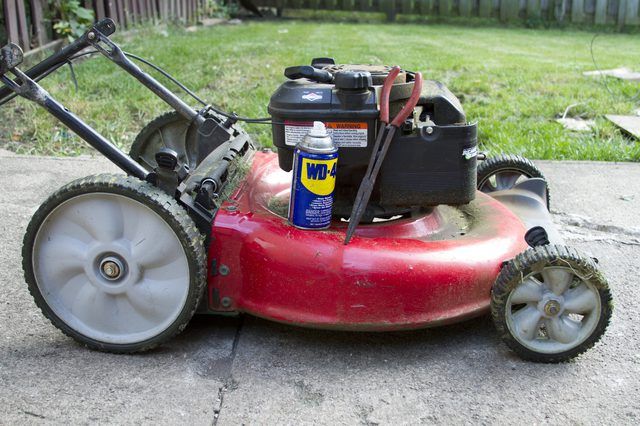
Things You'll Need
Goggles
Bucket
Pliers
Phillips screwdriver
Fuel filter
WD-40
Canned air
Step 1
Put on your goggles, and pull the spark plug cap off the spark plug. This is a safety precaution when you are working on a mower engine to prevent the engine from starting accidentally while you are working on it. Push the spark plug cap back onto the spark plug once you are finished working on the mower.

Step 2
Look at the gas cap to see if there is a pin hole in the center of it. Unscrew the gas cap. Look under the cap to ensure the pin hole is clear of obstructions and wipe away any debris. The pin hole allows air to flow into the tank and prevents vapor lock in the fuel system. All lawn mower gas caps should have this air pin hole, so buy a new gas cap that has the pin hole if the current one doesn't.

Step 3
Squeeze the clamp holding the fuel line to the base of the gas tank with the pliers. Slide the clamp down the fuel line several inches. Repeat this on the other end of the fuel line attached to the carburetor.
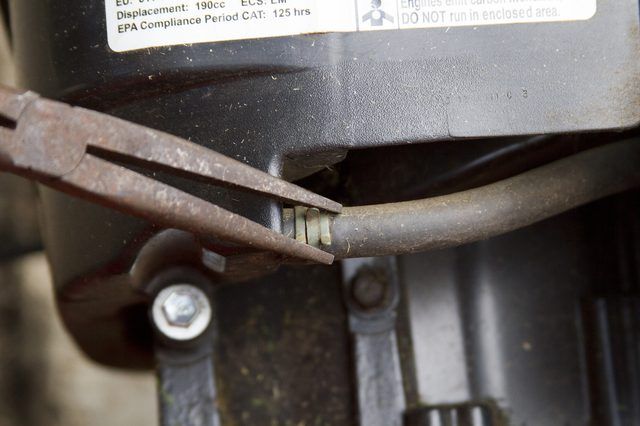
Step 4
Pull the fuel line off the side of the carburetor and the base of the gas tank. Position the bucket under the gas tank to capture any gas.
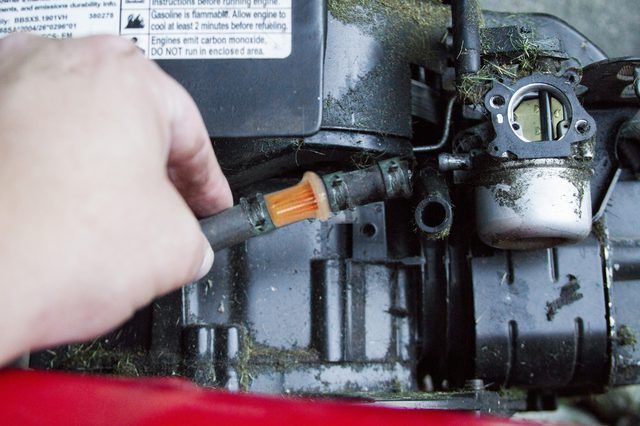
Step 5
Unscrew the clamps holding the fuel filter to the center of the fuel line with a screwdriver. Remove the fuel filter from the center of the fuel line hoses.
Step 6
Spray WD-40 into the fuel line hoses that were attached to each side of the fuel filter. Spray the canned air into each fuel line hose to blow out any debris or gummy gas.
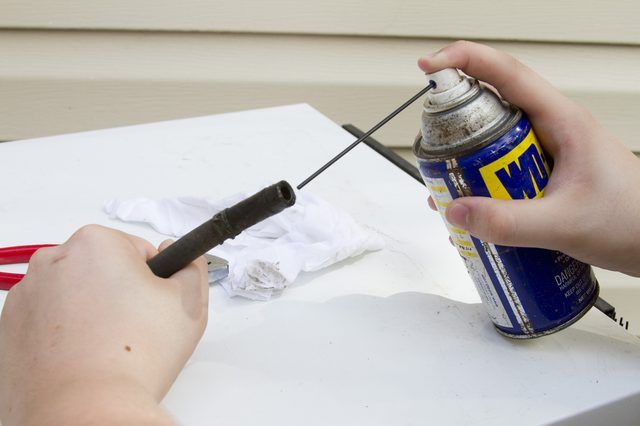
Step 7
Place the new fuel filter in between the old fuel line hoses you cleaned, and clamp the fuel filter back into place in the middle of the fuel line hoses.
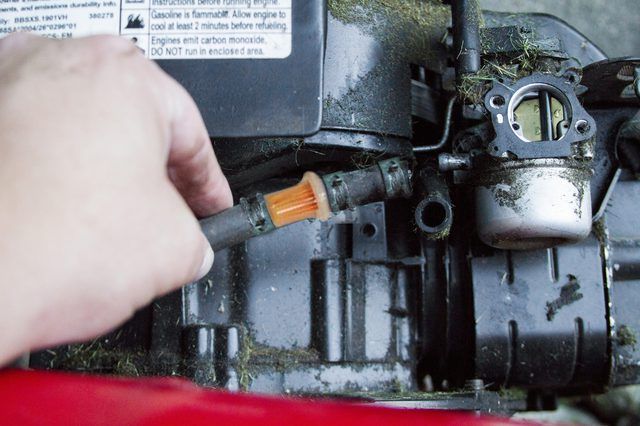
Step 8
Pull the screen out of the base of your gas tank outlet. Spray it with WD-40 to remove any debris or gummy gas. Push it back into place.
Step 9
Slide one end of the fuel line onto the base of the gas tank and one onto the side of the carburetor. Squeeze and slide the clamps onto the end of the fuel line to hold it in place. Fill the gas tank with gas.
